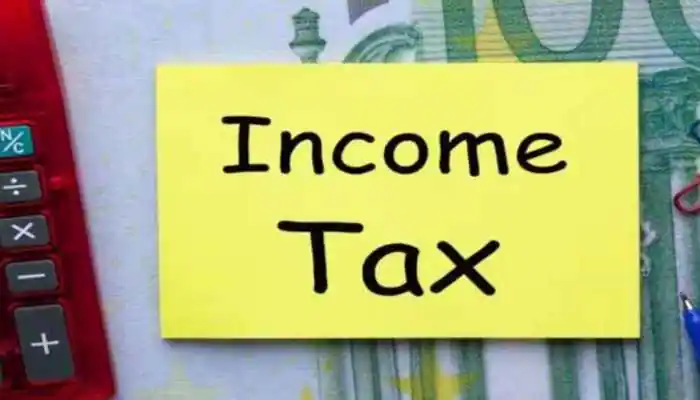New Delhi: Today (May 30), the Narendra Modi-led NDA has served in office for nine years. After Jawaharlal Nehru, Indira Gandhi, and Manmohan Singh, Modi is the fourth longest-serving prime minister and the first from a non-Congress party. He was elected with a comfortable majority and took office on May 26, 2014. The following nine various modifications have been made to the income tax laws over the past 9 years.
Changes In Income Tax Rules In 2014
In the 2014 Budget, the personal income tax exemption ceiling increased from 2 lakh to 2.5 lakh. And for senior citizens, it was raised from 2.5 lakh to 3 lakh. The Section 80C deduction cap was raised from Rs. 1 lakh to Rs. 1.5 lakh, and the Section 2 lakh deduction cap was raised from Rs. 1.5 lakh to Rs. 2 lakh.
Changes In Income Tax Rules In 2015
– For the general public, the maximum deduction for health insurance premiums was increased from Rs 15,000 to Rs 25,000.
-The senior citizen health insurance premium deduction cap was raised from Rs 20,000 to Rs 30,000.
-The monthly transit allowance exemption was doubled from Rs 800 to Rs 1,600.
-An extra deduction of Rs 50,000 for contributions made under Section 80 CCD to the National Pension Scheme (NPS).
– The surcharge for income over one crore rupees was raised from 10 percent to 12 percent.
-The wealth tax was eliminated
-An additional 2 percent surcharge for those who were extremely wealthy and had taxable incomes of more than one crore rupees.
Changes In Income Tax Rules In 2016
– Under Section 87A, the tax credit was increased from Rs 2,000 to Rs 5,000 for people with annual incomes up to 5 lakh rupees.
– Additionally, the annual cap for the Section 80GG deduction for rent payments was increased from Rs 24,000 to Rs 60,000.
-The surcharge for income over one crore rupees was raised from 12 percent to 15 percent.
-A 10 percent income tax was also levied by the budget on dividends that exceeded Rs 10 lakh yearly.
Changes In Income Tax Rules In 2017
– In the category between Rs 2.5 lakh and Rs 5 lakh, the tax rate was lowered from 10 percent to 5 percent.
– The tax rebate under Section 87A for taxpayers with annual incomes up to Rs 3.5 lakh was also decreased by the finance minister from Rs 5,000 to Rs 2,500.
-Those with annual taxable incomes between Rs 50 lakh and Rs 1 crore now pay a 10 percent surcharge.
– In the category between 2.5 lakh and 5 lakh, the tax rate was lowered from 10 percent to 5 percent.
– The tax rebate under Section 87A for taxpayers with annual incomes up to 3.5 lakh was also decreased by the finance minister from Rs 5,000 to Rs 2,500.
-Those with annual taxable incomes between Rs 50 lakh and Rs 1 crore now pay a 10 percent surcharge.
– The interim budget was welcome news for the middle class during an election year. Those making less than 5 lakh paid no taxes in the end.
-The salaried class’s standard deduction was raised from Rs 40,000 to Rs 50,000.
Changes In Income Tax Rules In 2018
– New slabs were introduced by the government. Taxpayers had the option of choosing the old tax system with its exemptions and deductions or the new, lower tax rate without such exemptions. The new tax system was optional.
– In Budget 2020, new tax slabs were revealed. The old system with its deductions and exemptions was still available to taxpayers, or they may choose the new, lower tax rate without the deductions and exemptions.
Changes In Income Tax Rules In 2022
– 30 percent of the proceeds from virtual or digital assets are taxed.
– The cap on tax deductions for NPS contributions made by state government employees has increased from 10 percent to 14 percent.
Changes In Income Tax Rules In 2023
The income tax laws underwent numerous revisions beginning on April 1, 2023. Some of the key changes that take effect on April 1, 2023, are increasing tax rebate limits, changes to income tax slabs, and the elimination of the LTCG tax benefit on some debt mutual funds.
-Extension of the rebate for those subject to the new income tax regime for yearly income up to Rs 7 lakh.
-Under the new income tax slab, a standard deduction of Rs 50,000 has also been added.
Source: Bureau
